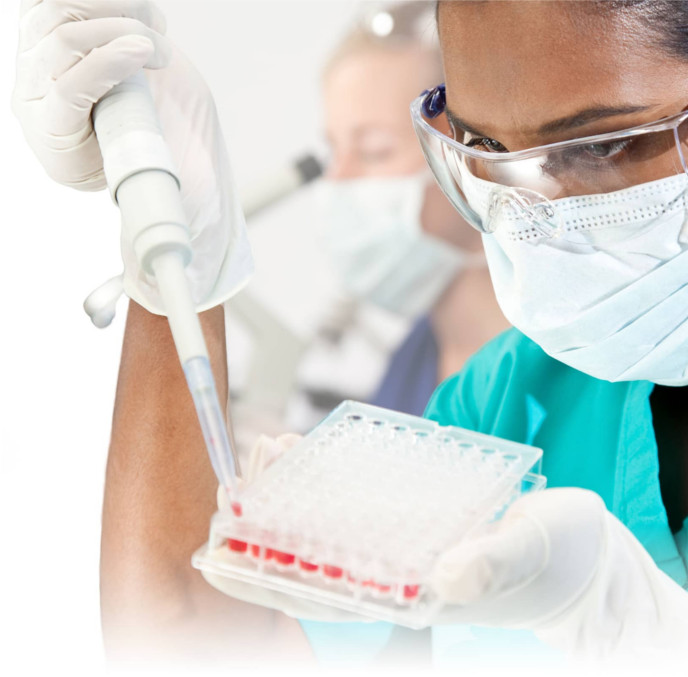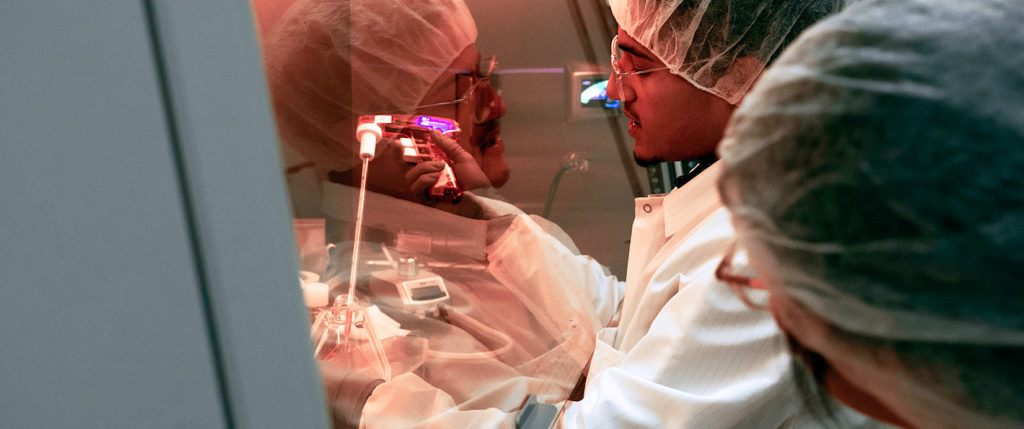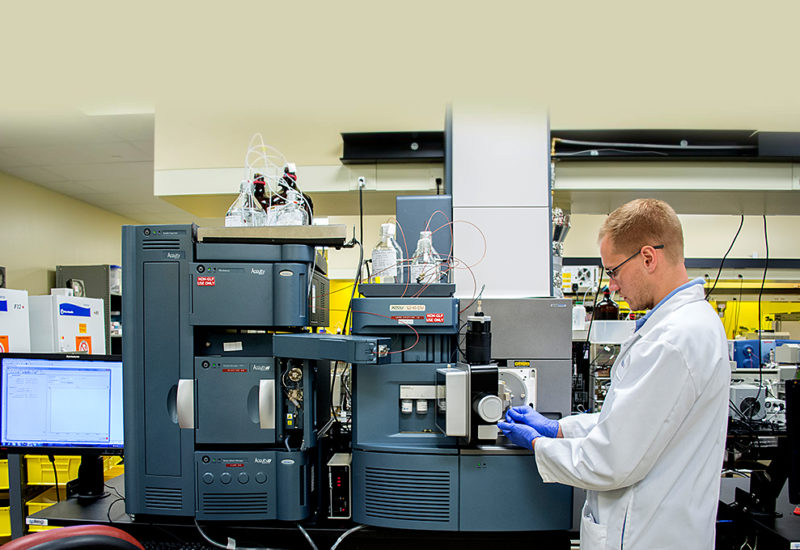
In Vitro UDP glucuronyltransferase (UGT) Enzyme Induction Studies
Knowing the induction potential of your drug candidate is important for understanding drug safety and can assist with determining proper labeling and dosage considerations in clinical trials. Knowledge of induction potential is an important piece of an Investigational New Drug (IND) application and may be required by regulatory agencies if UDP glucuronyltransferase (UGT) enzymes are predominantly responsible for the clearance of the drug.
UGT induction assays evaluate the upregulation of drug-metabolizing UGT enzymes. If a drug is an inducer (perpetrator) of a CYP enzyme that is responsible for its own metabolism or the metabolism of another drug (victim), then concomitant administration of the perpetrator and victim can mean faster clearance of the victim drug. This metabolism-dependent drug-drug interaction (DDI) can lead to decreased therapeutic effects due to a lower concentration of the victim drug or toxicity attributed to increased metabolite formation.

Our Approach to UGT Enzyme Induction Studies
Our definitive in vitro UGT enzyme induction studies are designed based upon principles outlined in guidance for in vitro CYP induction studies. Definitive UGT induction studies utilize fresh or cryopreserved primary human hepatocytes as the test system for in vitro evaluation of induction potential.
UGT Enzyme Induction Assay Recommendations
We recommend the following study design for in vitro UGT enzyme induction studies:
- Primary human hepatocytes
- If evaluating mRNA – cryopreserved
- If evaluating enzyme activity – fresh
- UGT1A1, UGT1A3, UGT1A4, UGT1A6, UGT1A9, UGT2B4, UGT2B7 and UGT2B17 mRNA expression by qRT-PCR
- Multiple concentrations of test article (See below, “How to choose your concentration range”)
- Vehicle control (test article solvent)
- Multiple positive controls (prototypical CYP inducers)
- Pre-study solubility testing
- Pre-study toxicity assessment
- Full submission quality report
Optional extras:
- UGT1A1, UGT1A3, UGT1A4, UGT1A6, UGT1A9, UGT2B7 and UGT2B17 microsomal based activity by single substrate incubation
- Spent media analysis with multiple time point collections
How to choose your concentration range
If the compound is planned to be orally dosed, we recommend setting the highest concentration tested to be ((0.1*dose)/250 mL) or 50x the total Cmax at steady state, whichever is higher. If the compound is not to be orally dosed then we recommend setting the highest concentration tested to be 50x the total Cmax at steady state. We further recommend 6 – 8 concentrations on a semi-log scale of each compound that includes the expected Cmax and the previously described maximum concentration. Ideally, the range should be dynamic enough to capture Emax and EC50 values. There could be solubility or toxicity limits on the highest concentration chosen and in those cases, we recommend going as high as possible to prove the effort was made to the regulatory agencies.

